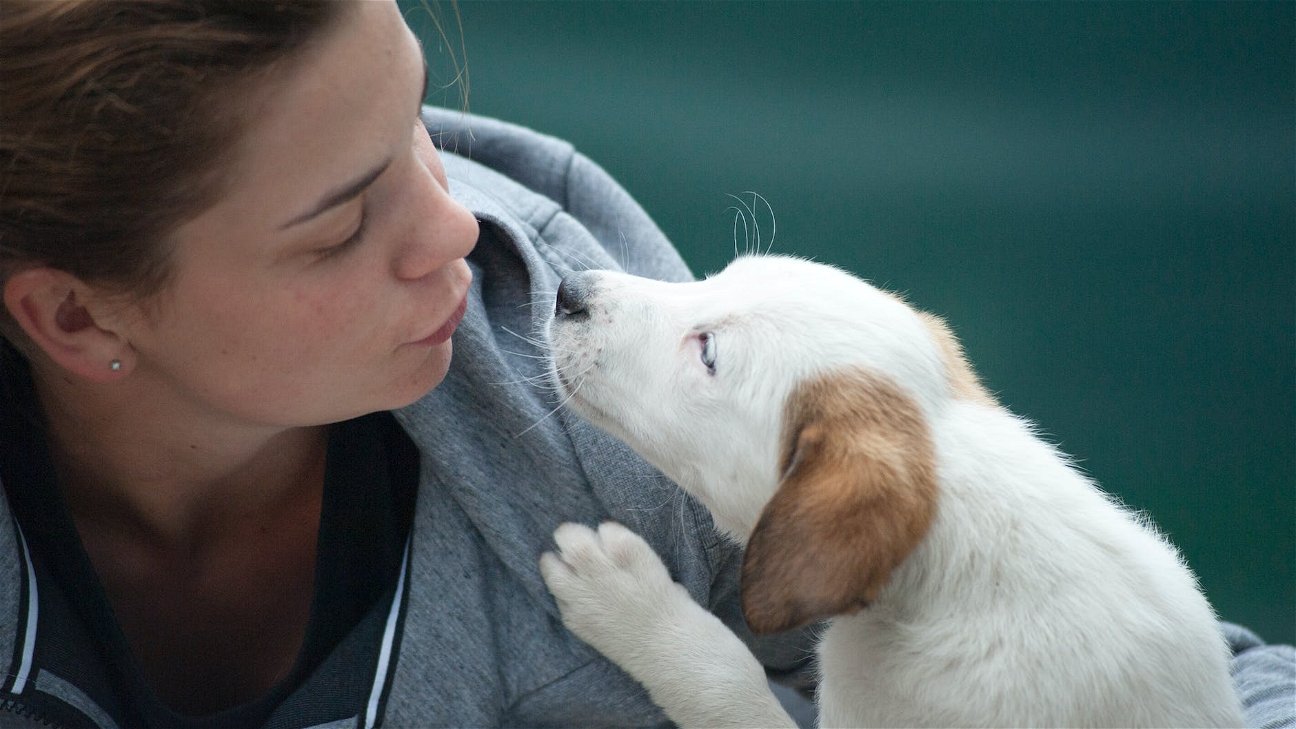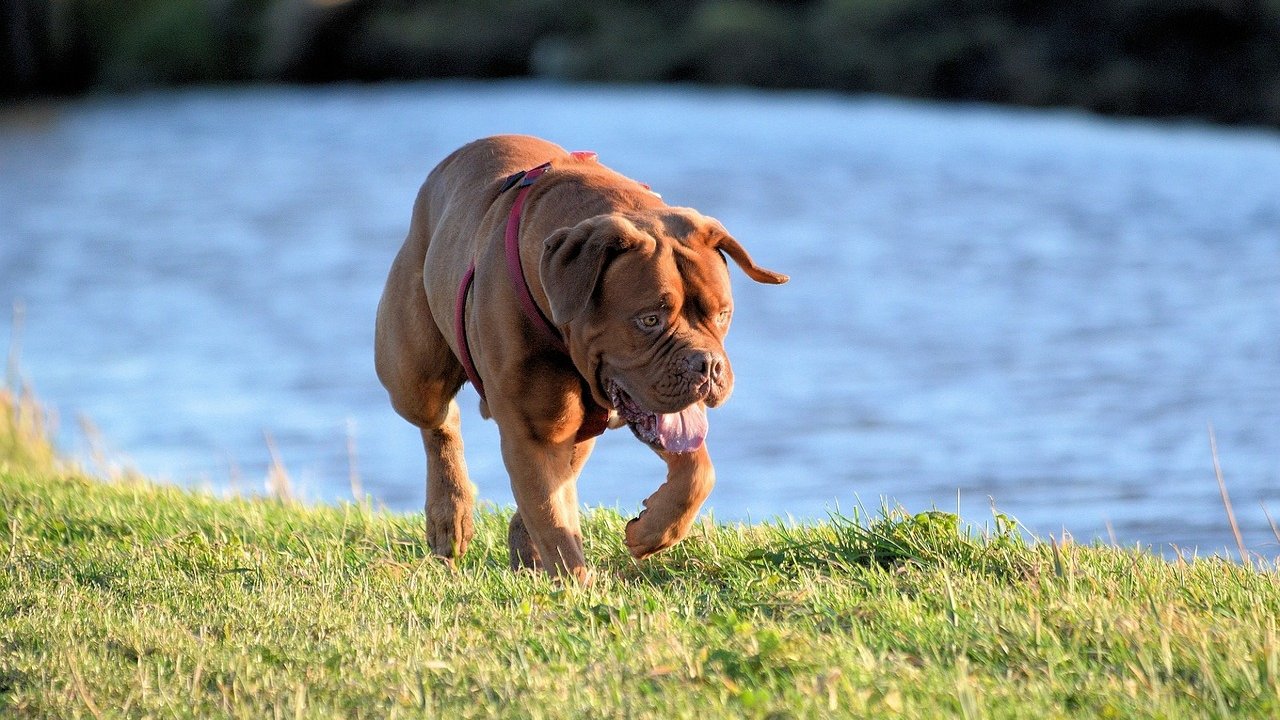
As a pet owner, it's crucial to know basic first aid in case your furry friend gets into an accident or consumes something harmful. Here's a comprehensive guide to pet first aid that covers everything you need to know.
Understanding Pet First Aid
Our pets are part of our family, and we always want to ensure their safety and well-being. Sometimes, accidents happen, and immediate response can make a significant difference. Understanding pet first aid allows you to administer immediate care during an emergency situation, before professional medical help is available.
Basic First Aid Techniques for Pets
When it comes to pet first aid, there are a few essential techniques that every pet owner should know.
Bleeding (External): Put on gloves and apply pressure to the wound with a clean cloth until the bleeding stops. If it doesn't stop, seek veterinary assistance immediately.
Bleeding (Internal): Symptoms of internal bleeding include bleeding from the nose, mouth, rectum, coughing blood, blood in urine, pale gums, rapid pulse, or collapsed. This is an emergency situation, and your pet needs immediate veterinary attention.
Burns: Flush the burn immediately with large quantities of cold water. After the burn area is thoroughly flushed, apply a cold compress. Seek veterinary attention as soon as possible.
Choking: Signs of choking include difficulty breathing, excessive pawing at the mouth, blue lips and tongue. Be very careful when trying to remove the object causing choking, you could accidentally push it further into the throat. It's best to seek immediate veterinary help.
Seizures: Keep your pet away from any objects (including furniture) that might hurt it. Don't try to restrain the pet. After the seizure ends, keep the pet as warm and quiet as possible and contact your vet right away.
Essential Items for a Pet First Aid Kit
Just like a human first aid kit, a pet first aid kit should have certain essential items. Here's a list of things you should include:
- Gauze pads and adhesive tape for bandages
- Tweezers
- An oral syringe or turkey baster (for administering medications or flushing wounds)
- Milk of magnesia and activated charcoal, to absorb poison
- Hydrogen peroxide, to induce vomiting (always talk to your vet or poison control expert before inducing vomiting in your pet)
- A digital thermometer
- An extra leash and blanket
- Phone numbers for your vet, the nearest emergency-vet clinic, and a poison-control center or hotline
- An up-to-date pet first-aid book or instruction manual
Remember, a first-aid kit is not a substitute for veterinary care. But it could save your pet's life before you can get your pet to a vet.
Training for Pet First Aid
It's also useful to take a pet first aid course, so you can understand and practice the techniques under professional guidance. Many organizations, like the Red Cross, offer courses in pet first aid.
Importance of Pet First Aid
Knowing first aid for pets is essential as it can help prevent a minor injury from getting worse, alleviate pain and potentially save a pet's life in an emergency. Being prepared will provide peace of mind in case of unexpected situations.
To sum up, pet first aid is a crucial aspect of pet care that every pet owner should understand and be prepared for. It's all about the safety, health, and happiness of our beloved furry friends.











